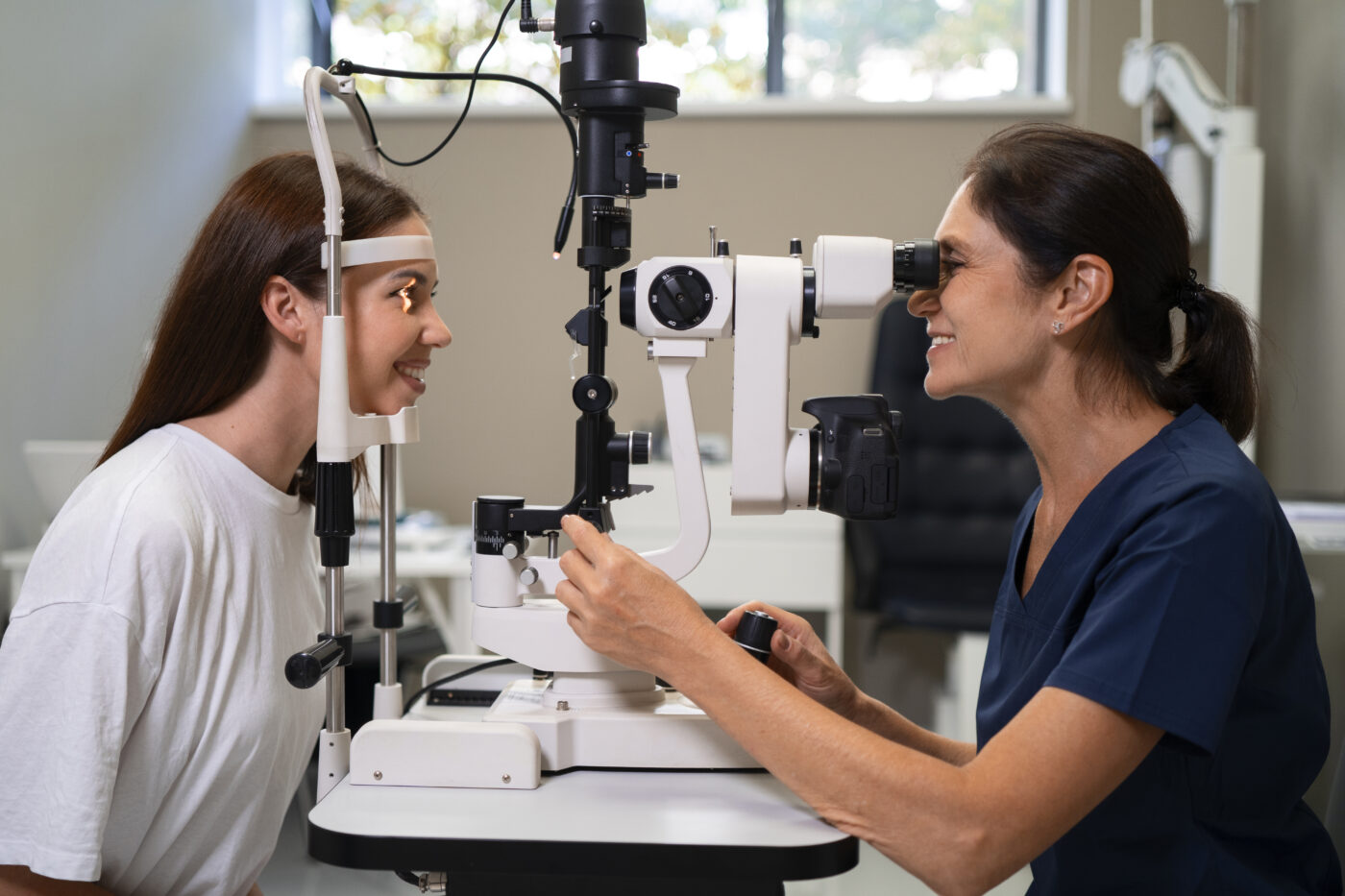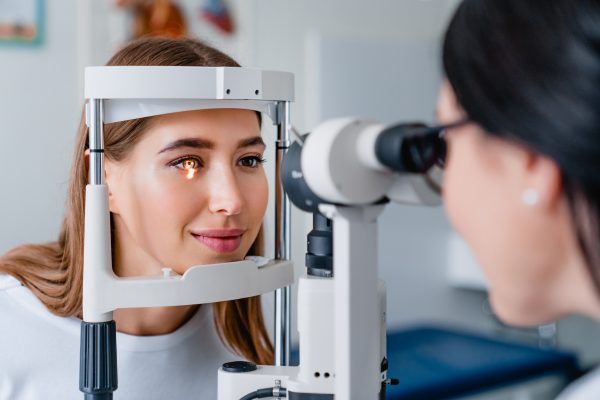This guide will help you understand what to expect during a LASIK eye surgery procedure.
LASIK Eye Surgery Basics
- Laser Assisted in Situ Keratomileusis (LASIK) is used to treat nearsightedness, farsightedness, and astigmatism. It is the most common type of laser eye surgery.
- During a LASIK procedure, the front surface of the eye which is called the cornea is reshaped, adjusting how the eye focuses. For example:
- Improves far vision by flattening the cornea.
- Improves near vision by steepening the curve of the cornea.
- Treats astigmatism by smoothing irregularity.
- LASIK is an out-patient procedure.
- LASIK procedures only take about 3 to 5 minutes per eye. However, you will be at the doctor’s office for approximately 1-1/2 to 2 hours.
Step 1: The LASIK Eye Surgery Procedure Preparation
Preparation for your LASIK procedure includes the following.
- Eye drops are applied to numb your eye.
- The LASIK surgeon may give you additional medication to help you relax.
- You will recline on a comfortable surgical bed.
- The surgeon will gently keep your eyes open using an instrument called a lid speculum.
Step 2: Accessing the Cornea
The next step of your LASIK eye surgery procedure is what makes it possible for the surgeon to access your cornea.
- A device will be used to stabilize the eye. It is normal to feel mild pressure.
- The surgeon creates a thin flap on the outermost layer of the cornea, which can be temporarily moved out of the way for laser treatment.
- It is normal for your vision to blur at this step.
Step 3: Reshaping the Cornea
Using a computer-controlled excimer laser, pulses of light are directed at the eye to reshape the cornea.
You might feel light pressure, but there will be no pain. The equipment will make a clicking or tapping sound.
Note: During preoperative visits, you will have had an in-depth exam to provide data about the specific shape and structure of your cornea. The excimer laser, programmed by that data, can reshape the cornea with precision to improve your specific vision impairment.
Step 4: Completion of Your LASIK Eye Surgery Procedure
The last step of a LASIK procedure is the surgeon repositioning the corneal flap. It will stay in place naturally and begin to heal within hours.
LASIK Procedure Next Steps/Recovery
Following the LASIK eye surgery procedure, your doctor will examine your eyes once again. Then you will be able to go home — although you will not be allowed to drive.
You may feel some discomfort following surgery, like an itching sensation, slight burning, or more tear production than normal. This is part of the healing process and is only temporary.
For most people, vision is normal within eight hours and then continues to improve over time. In some cases, it can take several months to reach the full extent of vision improvement.
Your LASIK surgeon will give you specific instructions for rest, eye care, level of activity, and follow-up. These instructions will be vitally important to the healing process and the effectiveness of your LASIK procedure.
Categories:



